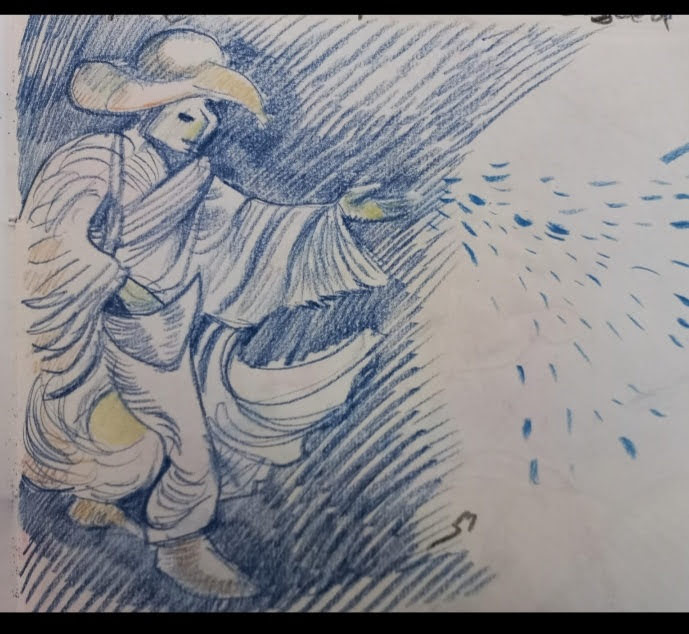Understanding Nightmares: Insights from Science and Psychoanalysis
Nightmares vs. Nocturnal Panic Attacks
Unlike nocturnal panic attacks, which typically occur in the first half of the night during non-REM sleep, nightmares predominantly arise during REM sleep, a phase marked by rapid eye movements and vivid dreaming. As REM sleep periods lengthen towards morning, nightmares become more frequent, often remembered in vivid detail for their anxiety-inducing content.
Clinical Definition and Characteristics
The ICD-10 classifies nightmares as intensely distressing dreams filled with fear or anxiety, often featuring existential threats. These dreams can recur, haunting some individuals repeatedly over years, and may lead to significant autonomic nervous system activation, including increased heart rate and sweating. Despite the paralysis that characterizes REM sleep, the vividness and emotional turmoil of these dreams can awaken individuals abruptly, leaving them with a heightened sense of alertness and detailed recollection of the dream.
Triggers and Developmental Perspectives
Nightmares are common in childhood and adolescence, periods of intense change, but can also plague adults during times of emotional stress, symbolically expressing inner conflicts. Various factors, including medication for anxiety, depression, Parkinson’s, and certain withdrawal syndromes, can exacerbate these dreams.
Treatment Approaches
Cognitive techniques, such as guided imagery and pre-sleep strategies, help in altering dream narratives, suggesting a psychological intervention can influence dreaming processes.
The Link to Mental Trauma
Often, nightmares are a symptom of post-traumatic stress disorder (PTSD), representing not symbolic expressions but direct re-enactments of traumatic events. This repetition might be an attempt at processing trauma, though opinions vary on whether this facilitates recovery or perpetuates distress.
Freud’s Conundrum
Freud initially struggled to fit nightmares into his theory of dreams as wish fulfillment. He later adjusted his perspective, suggesting that anxiety dreams might reflect a failure of the dream work process, indicating an attempt at wish fulfillment that sometimes fails due to the overwhelming nature of repressed material or the activation of the superego.
Evolving Theories
Freud, Cartwright, and Kohut: Diverse Perspectives on the Significance of Nightmares
Freud’s Evolving Understanding
In his later works, Freud revisited his initial interpretation of dreams, including nightmares, recognizing the complexity of dream functions beyond simple wish fulfillment. He acknowledged that nightmares might represent the psyche’s struggle to manage overwhelming repressions or unmet desires, suggesting a nuanced interplay between the conscious and unconscious mind.
Rosalind Cartwright’s Contributions
Cartwright, a prominent figure in sleep research, offers a modern perspective on the role of dreams and nightmares. She views them as mechanisms for emotional regulation and problem-solving, suggesting that nightmares can help individuals work through personal conflicts or emotional distress. Cartwright’s research underscores the adaptive value of dreaming, including the processing and integration of emotional experiences.
Heinz Kohut’s Self Psychology Approach
Kohut, a pioneer of self psychology, provides a groundbreaking lens through which to view nightmares. He distinguishes between dreams that arise from unconscious drives and conflicts and those that reflect states of the self, particularly focusing on pre-verbal traumas or fears related to the disintegration of the self. Kohut’s theory suggests that nightmares can be expressions of the psyche’s efforts to cope with internal threats to the cohesion of the self, offering a pathway to understanding and healing.
Nightmares as Signals of Internal Processes
Both Kohut and Cartwright, building on and diverging from Freud’s foundational ideas, illuminate the potential therapeutic significance of nightmares. By signaling unresolved conflicts, pre-verbal traumas, or ongoing emotional turmoil, nightmares may serve as a call to attention for the individual, pointing towards areas in need of psychological exploration and healing.












